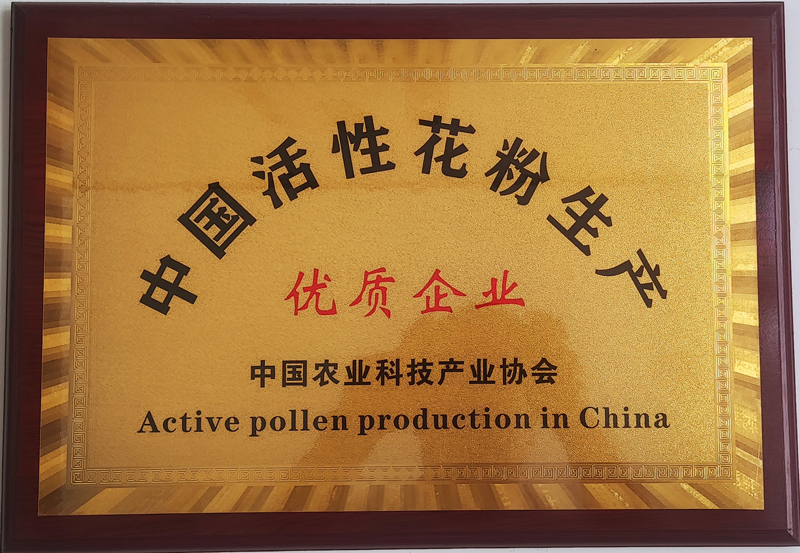ຕ.ລ. . 14, 2024 12:55 Back to list
active pollen for pollination in apple orchards
Active Pollen for Pollination in Apple Orchards
Pollination is a critical process in the production of apples, influencing both the quality and quantity of the fruit. One of the key factors determining the success of pollination is the presence of active pollen, which is essential for fertilizing the flowers and ensuring a good harvest. Understanding the dynamics of active pollen in apple orchards can significantly enhance fruit yield and quality.
Active pollen is primarily distributed by pollinators such as bees, which play a vital role in the fertilization of apple blossoms. Apple trees generally require cross-pollination, meaning that pollen from one variety is needed to fertilize the flowers of another. This symbiotic relationship between apple trees and their pollinators is essential. Therefore, it is important to maintain a healthy population of pollinators in and around the orchard.
Timing is crucial in the pollination process. The flowering period of apple trees usually occurs in spring when temperatures begin to rise. During this time, the availability of active pollen can be influenced by various factors, including weather conditions, the health of the trees, and the presence of pollinators. Optimal conditions for pollination include warm, sunny days with minimal wind and rain. These conditions allow bees to be more active, thereby increasing the chances of successful pollen transfer.
active pollen for pollination in apple orchards

Moreover, the selection of apple cultivars can also impact the availability of active pollen. Planting multiple varieties that flower at the same time ensures that there is a sufficient supply of compatible pollen. This strategy not only boosts pollination rates but also enhances genetic diversity, leading to better fruit quality and disease resistance.
Farmers and orchard managers can take several proactive measures to foster a healthier pollination environment. For instance, they can plant native wildflowers to attract more pollinators or avoid using harmful pesticides that may negatively impact bee populations. Additionally, monitoring pollen viability and abundance can help in scheduling optimal pollination activities.
In summary, active pollen is a fundamental component of successful apple pollination. By understanding its role and promoting favorable conditions for pollinators, apple orchard owners can significantly improve both the yield and quality of their fruit. Investing in pollination strategies is crucial for sustainable apple farming, ensuring that orchards thrive year after year.
-
Plant Pollen Analysis: Fast & Accurate with GPT-4 Turbo
NewsAug.02,2025
-
KiwiPollen with GPT-4 Turbo: AI Health Supplement Boost
NewsAug.01,2025
-
Pollen Peach Tree AI Management with GPT-4-Turbo
NewsJul.31,2025
-
Eco Fruit Paper Bags for Peak Freshness | Durability Focused
NewsJul.31,2025
-
Pollen Peach Tree for Pure Pollination and High-Quality Peach Pollen
NewsJul.30,2025
-
Premium Cherry Pollen for Pure Pollination & Different Types
NewsJul.30,2025